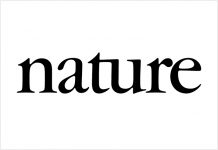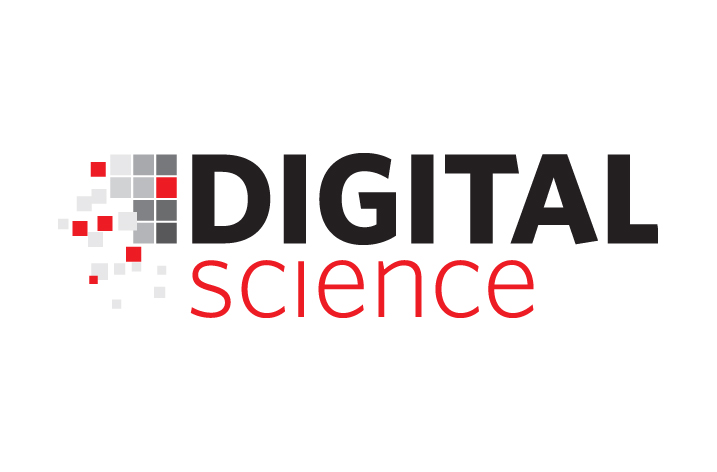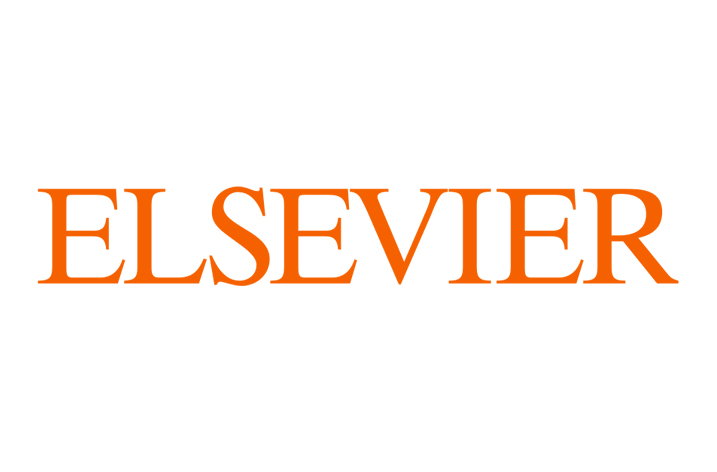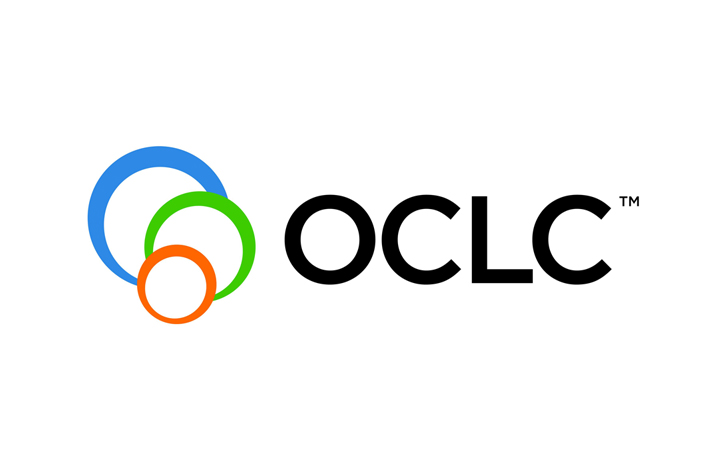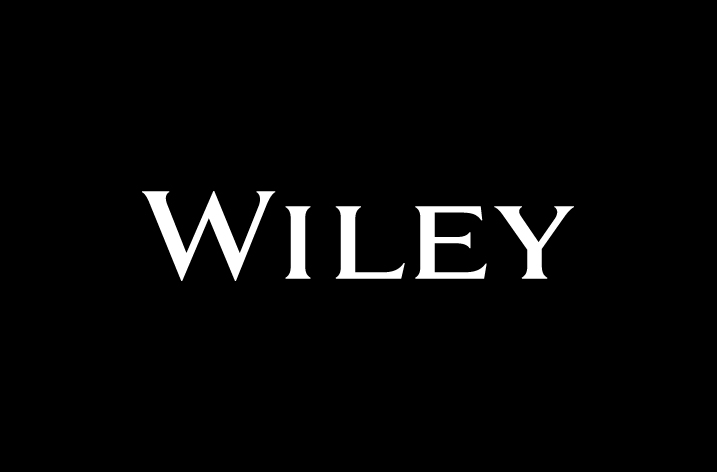
A survey of publishers with journals indexed in DOAJ (Directory of Open Access Journals) has revealed surprising trends in the way that content is published; what types of organisations are publishing the content; on how publishing standards are being accepted globally; and geographical trends on the uptake of open access.
The survey was sent out by DOAJ to its 6000+ account holders, that is to say publishers, in the Summer of 2018. Account holders were allowed one response each, regardless of how many journals they have in that account and all accounts have at least 1 journal active in DOAJ. The total number of responses returned was 1065. Answers revealed some interesting facts, especially when compared to answers provided in the last publisher survey carried out in 2013.
All links point to the underlying data.
- Type of publishing organisation:Out of survey respondents, the top 5 most common types of publishing organisation in DOAJ are: University Department or Press, Non-commercial Publisher, Library publisher, Research centre and Society publisher. (It should be noted however that in terms of pure output, the top ten organisations in DOAJ account for just over a third of the 3.6 million articles indexed. Eight of the top ten organisations are commercial publishers.)
- Geographical spread:
The geographical spread between 2013 and 2018 remains relatively unchanged apart from two notable exceptions. Open access in Indonesia has become de rigueur. In 2013, DOAJ received 9 survey responses from Indonesia; in 2018 that jumped to 155, the most responses from any one country in the 2018 Survey. Conversely, responses from India fell from 101 in 2013 to just 11 in 2018. (The number of Indian journals in DOAJ has fallen from 643 in 2013 to 254 in 2018.) The Top 5 countries providing responses in 2018 were Indonesia, Brazil, Spain, Romania and USA; in 2013 it was Brazil, Spain, India, Romania and Italy. - DOIs for articles:While the DOI is an internationally recognised publishing technology, for some the financial and technical barrier to use of DOIs is a problem. In 2013, only 35% of respondents used DOIs; in 2018 this has jumped to 73%*. However, when publishers were asked why they did not use DOIs the 5 most common words given in responses are: implementing, cost, funding, financial, paying.
* see note - Article metadata:
More publishers are supplying metadata to DOAJ than ever before; even more would if the process was easier and yet, for many article metadata is still a mystery. The number of respondents providing article metadata to DOAJ has increased from 55% in 2013 to 84% in 2018. When asked which format of metadata publishers would like to supply to DOAJ, 46% said they preferred CrossRef, while 8% said JATS. However, 42% of all 2018 respondents said that they didn’t understand what a metadata format was so there is much work to do here! - Benefits of being indexed in DOAJ:
Our respondents said that the top 3 benefits of being indexed in DOAJ in 2018 are:
- Certification that our journal(s) are quality publications
- Increased readership
- Increased scientific impact
In 2013, it was:
- Increased visibility of content
- Certification of the journals
- Prestige
74% of respondents said that submissions had definitely or maybe increasedsince being indexed in DOAJ while over 70% thought that traffic had increasedto their sites.
- Predatory publishing:
Predatory publishing really isn’t considered to be a big deal for DOAJ publishing community. 62% of respondents said that they didn’t have to deal with competition from predatory publishers or journals. There was no equivalent question in 2013. - Research Assessment:
“It’s where you publish that counts.” 86% of respondents said that in their countries researchers are evaluated on where they publish rather than what they publish. There was no equivalent question in 2013.
Building on these findings the DOAJ team will continue to adapt and develop its systems, in accordance with its strategy, to ensure that the DOAJ platform meets user needs, particularly those needs of the global publishing community. After all the platform consists entirely of journal and article metadata, all of which (bar one exception) is provided by the publishers themselves.





